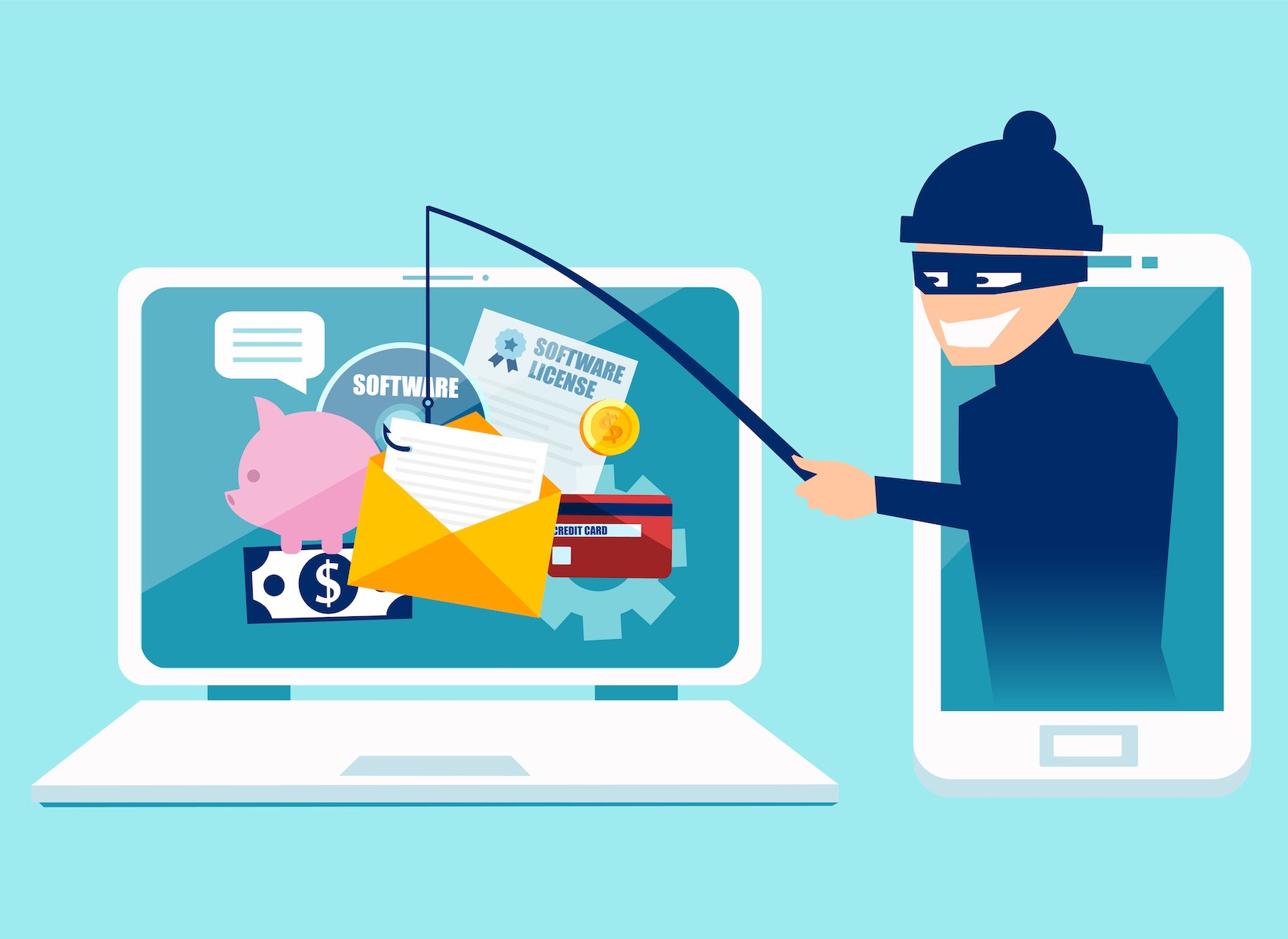Beware of Phishing Scams
Description
Phishing scams are deceptive attempts by cybercriminals to trick individuals into revealing sensitive information such as passwords, usernames, credit card numbers, or other personal data. These scams often come in emails, text messages, or phone calls that appear to be from legitimate sources, such as banks, social media platforms, or government agencies. Phishing attacks aim to manipulate the victim into providing their confidential information or downloading malicious software.
Why It’s Important
- Identity Theft Prevention: Phishing attacks can lead to identity theft, where attackers use stolen information to impersonate the victim and carry out fraudulent activities.
- Financial Loss Prevention: Phishing scams can result in financial losses if attackers access banking or credit card information and use it to make unauthorized transactions.
- Data Breach Prevention: Falling victim to a phishing attack can compromise sensitive business or personal data, leading to data breaches with far-reaching consequences.
How to Recognize Phishing Scams
- Check the Sender’s Email Address: Phishing emails often come from spoofed or suspicious email addresses that mimic legitimate ones.
- Look for Spelling and Grammar Errors: Phishing emails may contain spelling mistakes, grammatical errors, or awkward language usage.
- Verify Links and URLs: Hover over links in emails to see the actual URL before clicking on them. Phishing links often lead to fake websites designed to steal your information.
- Be Cautious of Urgent Requests: Phishing emails often create a sense of urgency, pressuring recipients to act quickly without thinking.
- Avoid Unsolicited Attachments: Do not download or open attachments from unknown senders, as they may contain malware or ransomware.
- Verify Requests for Personal Information: Legitimate organizations typically do not request sensitive information via email. Be sceptical of emails asking for passwords, account numbers, or Social Security numbers.
What to Do if You Suspect a Phishing Attempt
- Do Not Click: Avoid clicking on any links or downloading attachments in suspicious emails.
- Report the Email: Most email providers have options to report phishing emails as spam or phishing attempts.
- Contact the Legitimate Organization: If you receive a suspicious email purportedly from a legitimate organization, contact them directly using a verified phone number or website to confirm the email’s authenticity.
Conclusion
Being aware of phishing scams and knowing how to identify them is crucial for protecting yourself and your sensitive information online. By staying vigilant, verifying the authenticity of emails and messages, and following best practices for online security, you can significantly reduce the risk of falling victim to phishing attacks. Remember, when in doubt, it’s always better to err on caution and avoid interacting with suspicious emails or messages.






